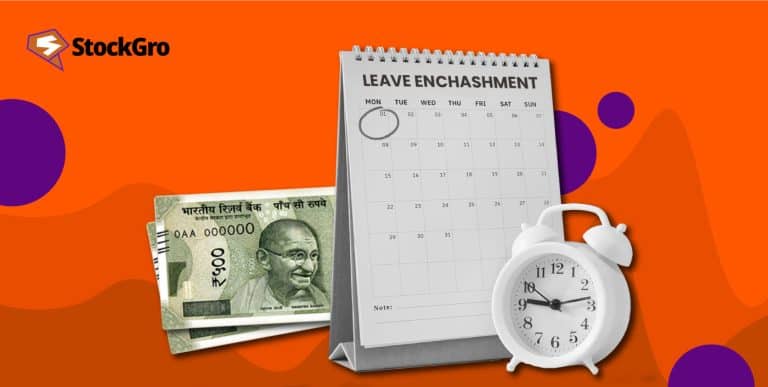
Nitish Kumar, a key figure in Indian politics, has left an indelible mark on Bihar’s governance and development. Known for his administrative skills and political acumen, Kumar has held the office of Chief Minister of Bihar multiple times, navigating the complex political landscape with strategic alliances and pragmatic decisions
Nitish Kumar Bio:
| Name: | Nitish Kumar |
| Place of Birth: | Bakhtiarpur, Bihar, India |
| DOB: | March 1, 1951 (73 years) |
| Relative: | Manju Sinha (Spouse) |
| Net worth: | ₹1.60+ Crore |
| Properties: | 1,000 sq ft flat in Delhi’s Dwarka area (currently assessed at Rs 1.48 crore) |
| Luxury assets: | Ford Ecosport car valued at Rs 11.32 lakh and various jewelry items worth Rs 1.28 lakh |
| Movable assets: | 13 cows and 10 calves collectively valued at Rs 1.45 Lakh |
Nitish Kumar Education:
Nitish Kumar completed his early education in his hometown of Bakhtiarpur. He later pursued a degree in Electrical Engineering from the Bihar College of Engineering (now NIT Patna).
Nitish Kumar Political Journey:
Nitish Kumar’s electoral performance has been marked by strategic alliances and a focus on development-oriented policies. His leadership has led to significant victories in the Bihar Assembly elections, most notably in 2005, 2010, and 2015. His ability to navigate the complexities of coalition politics has been a key factor in his electoral success.
1974-1980: Early Political Involvement and Janata Party
- 1974: Nitish Kumar became actively involved in politics during the JP Movement, a student and political movement against the Emergency imposed by Prime Minister Indira Gandhi.
- 1977: After the Emergency was lifted, Kumar joined the Janata Party, which came to power under Morarji Desai.
- 1980: With the disintegration of the Janata Party, Kumar became associated with the Lok Dal, led by Charan Singh.
1985-1990: Legislative Assembly and Janata Dal
- 1985: Elected to the Bihar Legislative Assembly as a member of the Lok Dal, which later merged into the Janata Dal.
- 1989: Elected to the 9th Lok Sabha from the Barh constituency on a Janata Dal ticket, marking his entry into national politics.
1990-2000: Rise in National Politics and Ministerial Roles
- 1990-1997: Served as Union Minister in various capacities, including Agriculture and Cooperation, Railways, Surface Transport, and Finance, under the prime ministerships of V.P. Singh and H.D. Deve Gowda.
- 1998-1999: Served as Union Minister for Railways in the government led by Atal Bihari Vajpayee. His tenure saw significant improvements in railway safety and service.
2000-2005: First Term as Chief Minister
- March 3, 2000: Briefly served as Chief Minister of Bihar for seven days before resigning due to lack of majority support in the assembly.
- 2001-2004: Continued to hold important ministerial portfolios in the central government, including Railways and Agriculture.
2005-2013: Chief Minister of Bihar and Alliance with BJP
- November 24, 2005: Sworn in as Chief Minister of Bihar after leading the National Democratic Alliance (NDA) to victory in the assembly elections. His tenure focused on improving law and order, infrastructure, and social reforms.
- 2010: Re-elected as Chief Minister with a massive mandate, continuing his development agenda.
- 2013: Broke alliance with BJP over differences regarding Narendra Modi’s prime ministerial candidacy.
2014-2017: Political Instability and Realignment
- May 17, 2014: Resigned as Chief Minister taking moral responsibility for JD(U)’s poor performance in the general elections. Jitan Ram Manjhi succeeded him.
- February 22, 2015: Returned as Chief Minister after a political crisis within JD(U) and the ousting of Jitan Ram Manjhi.
- November 20, 2015: Formed a grand alliance (Mahagathbandhan) with RJD and Congress, leading to a significant victory in the Bihar Assembly elections.
- July 26, 2017: Resigned again due to corruption allegations against RJD leaders but returned within 24 hours, forming a new government with BJP support.
2017-Present: Continuation and Challenges
- 2017-2020: Continued as Chief Minister, focusing on development projects but faced criticism for handling issues such as floods, law and order, and healthcare.
- November 2020: Re-elected as Chief Minister, despite JD(U)’s reduced seat count, as part of the NDA coalition.
Nitish Kumar Awards & Recognitions:
- Anuvrat Puraskar, by Shwetambar Terapanthi Mahasabha (Jain organization), for enforcing total prohibition on liquor in Bihar, 2017
- JP Memorial Award, Nagpur’s Manav Mandir, 2013
- Ranked 77th in Foreign Policy Magazine‘ top 100 global thinkers 2012
- XLRI, Jamshedpur Sir Jehangir Ghandy Medal for Industrial & Social Peace 2011
- “MSN Indian of the Year 2010”
- NDTV Indian of the Year – Politics, 2010
- Forbes‘ “India’s Person of the Year”, 2010
- CNN-IBN “Indian of the Year Award” – Politics, 2010
- NDTV Indian of the Year – Politics, 2009
- Economics Times “Business Reformer of the Year 2009”
- Polio Eradication Championship Award 2009, by Rotary International
- CNN-IBN Great Indian of the Year – Politics, 2008
- The Best Chief Minister, according to the CNN-IBN and Hindustan Times State of the Nation Poll 2007
Nitish Kumar Investments
Bihar Chief Minister Nitish Kumar has declared a modest portfolio of assets. His total assets are valued at approximately Rs 1.64 crore. Among his immovable assets is a 1,000 sq ft flat in Delhi’s Dwarka area, purchased in 2004 for Rs 13.78 lakh, now worth Rs 1.48 crore. His movable assets include Rs 22,552 in cash, Rs 49,202 in bank deposits, and a Ford Ecosport car valued at Rs 11.32 lakh. Additionally, he owns jewelry worth Rs 1.28 lakh. Kumar also has some unique assets like 13 cows and 10 calves, alongside household items such as a treadmill and an exercise cycle.
Conclusion:
While Nitish Kumar’s net worth may seem modest, his journey through Bihar’s political landscape has been nothing short of remarkable. From his early days in the anti-Emergency movement to becoming a pivotal figure in state and national politics, Kumar has exemplified resilience, strategic acumen, and a commitment to development. His tenure as Chief Minister, marked by infrastructure improvements, social reforms, and economic growth, has significantly transformed Bihar.
While his political decisions and alliances have sometimes sparked controversy, Kumar’s ability to navigate these challenges underscores his pragmatic approach to governance. As Bihar continues to evolve, Nitish Kumar’s contributions will be remembered for steering the state towards progress and stability amidst a dynamic political environment.
Ultimately, Nitish Kumar’s legacy extends beyond his numerous electoral victories; it is rooted in his unwavering dedication to improving the lives of Bihar’s citizens and shaping the future of the state. As he continues to lead, his leadership will continue to shape Bihar’s destiny in the years to come.

